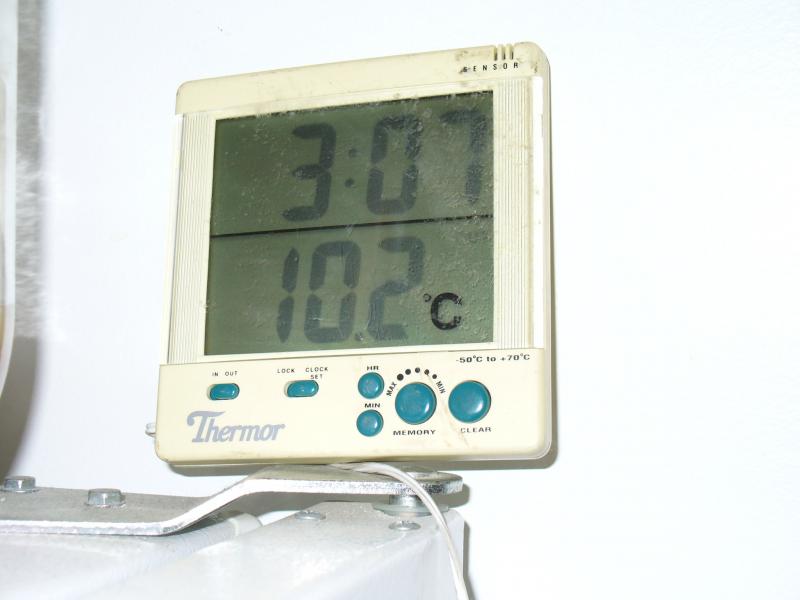I haven't found (nor looked too hard) for a single source online resource for lagering. Yet somehow I've picked up on some clues.
You need lagering yeasts, and 2 packets if you're using dry. Right now I'm using a coopers pilsner kit with 2lbs'ish of pilsen dme, pitched with 2 packets of saflager s23. My fridge is set to 50'ish F and will remain so for 3 to 4 weeks, or 6. After that I'll be putting my fridge back to serving temps (37F), and leaving the pilsner/lager to sit for another 3-4 weeks before kegging.
As mentioned already you need a good amount of yeast. If I do this again I'll either make a starter or use 3 packets of s23. I also read that 46F is pushing the threshold for these yeasts. Any lower and the yeasts will likely go dormant. 46F is also well below the recommended temp range on the yeast packet, so I'm quite happy with 50F




